Most people in a leadership, sales, or marketing role have a relative understanding of the term brand awareness. They usually also have a false pretense that it’s a subjective, immeasurable topic. We’re here to help demystify how and why to measure brand awareness.
What is Brand Awareness?
Brand awareness examines how familiar consumers are with recalling or recognizing a brand.
And the brands that excel in this area? Well, they tend to dominate their respective markets (granted, that success is not guaranteed). Sorry, Blockbuster.
So, if you’re a marketer looking to better understand your brand’s awareness so that you can differentiate yourselves in the market and grow your organization’s profitability, you’re in the right place.
In this article, we’ll share:
- Examples of brands with exceptionally high brand awareness
- The 4 steps we follow to conduct brand awareness studies for SMBs and enterprise-level organizations
- The value of consistently conducting market research
- Our thoughts on how to determine the ROI of brand awareness and how it relates to long-term business growth
Still with me? Let’s jump in.
Example Companies that have Mastered Brand Awareness
There are many great brands that manage to pop into your head when you hear or see specific words and images. Let’s look at a few brands that have achieved a memorable brand image with top-of-mind awareness.
Kleenex: A Universal “Brandnomer” for Tissue
Before you google it, a “Brandnomer” is a term used for the infrequent misnomer of a brand name being used as the generic word for a type of product or service.
 California’s Ubiquitous Burger Joint Turned Restaurant Branding Behemoth
California’s Ubiquitous Burger Joint Turned Restaurant Branding Behemoth
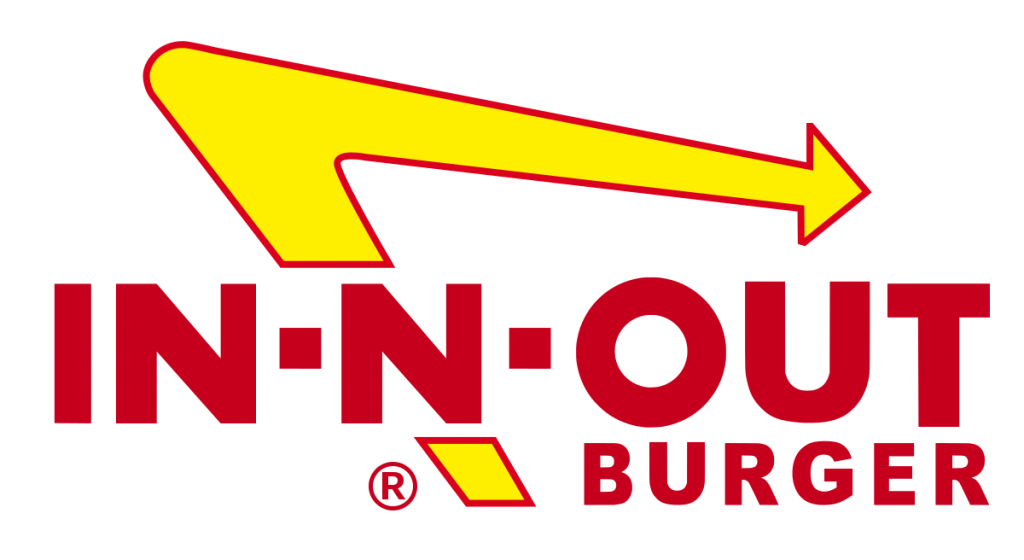
Related Reading:
Brand Naming: Discovering Brand Names That Stick
If you live on the West Coast, most people will tell you In-N-Out is the place to grab a burger or three. Pretty much every local native is familiar with the brand’s high-quality food and simple, unchanging menu. But get this. The only thing that’s changed since the brand launched back in 1948 is its ever-growing brand awareness. Animal Style or bust, by the way.
Case Study:
Our Process for Taking One of the Largest Music Libraries Available to New Heights
From Rugged Alpine Peaks to Smooth Glassy Waters, REI is the Epitome of Outdoor Branding
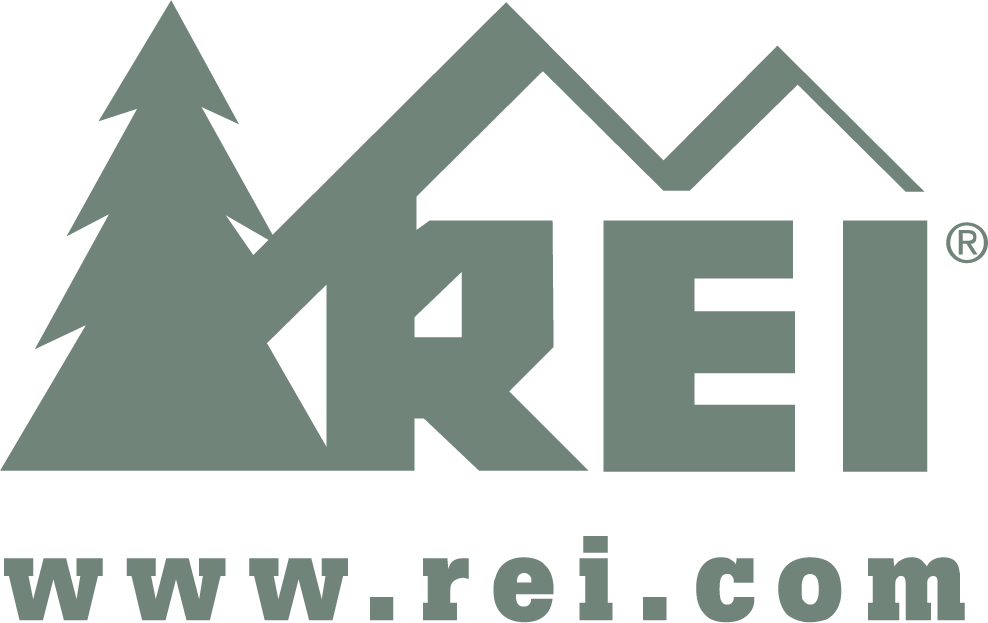
Most outdoor enthusiasts praise REI as the all-encompassing outdoor gear shop. While there are thousands of outdoor brands that offer the same products (typically at lower prices), REI has consistently climbed the brand awareness charts and stands atop all outdoor equipment retailers in the US today.
Why Does Brand Awareness Matter?
While there are many reasons why brand awareness matters, measuring brand awareness and perception helps businesses:
- Uncover new markets and/or opportunities
- Identify competitive performance
- Establish trust with consumers
- Tie emotions and feelings to your brand
- Understand their brand positioning in the buyer journey
- Add differentiated value to products and services
Cool! So, how do I measure brand awareness?
So glad you asked.
How To Measure Brand Awareness
There’s a lot of value that comes from measuring your brand’s awareness amongst consumers. And the even better news? It’s a lot easier than you might think – Below are the steps we’ve followed to conduct brand awareness studies for beginner and Fortune 500 brands alike.
The most common method for measuring brand awareness is through surveys and interviews. To gain a more holistic viewpoint, we also incorporate data from our sales and marketing channels (e.g. CRM, website, email, and social media data).
1. Surveys – Uncover 2 Key Brand Awareness Metrics with Quantitative Data
Surveys will identify what people associate your brand with. It’s important to note that a survey should reach a broad enough sample to yield statistical insights that accurately represent your brand’s overall awareness.
To successfully measure brand awareness via surveys, there are a variety of questions you’ll need to ask participants. Well-designed surveys will uncover consumer knowledge and reveal the performance of your brand’s communication efforts. We won’t get too deep into survey design, but below you’ll find the two most commonly used measurements of brand awareness.
Brand Recall (aka Unaided Recall)
Brand recall is the level at which respondents are able to correctly identify your brand from memory with no promptings. Researchers will typically ask respondents to recall as many brands as they can, thus revealing if your brand can be “recalled” from memory without any help.
Brand Recognition (aka Aided Recall)
Brand recognition is the level at which respondents are able to correctly identify your brand when presented with competing brands. Researchers may ask respondents where they have seen your brand, what they know about the brand and other branding elements.
At Magnetic, we typically run surveys to large samples of anywhere from 500 to 2,000 participants. A large sample helps us mine robust statistical insights that help us help brands better connect with people.
Having trouble determining a valid sample size? Check out this nifty sample size calculator from our esteemed market research partner, Qualtrics.
2. Interviews – Explore Brand Preference & Behavior with Qualitative Information
In addition to surveys, interviews with consumers can reveal qualitative insights that help us better understand consumer behavior and preference.
Interviews should still measure brand recall and brand recognition, but they also need to delve a bit deeper – inquiring about what specific attributes people like about your brand or what it may lack. A few examples of solid interview questions:
- Why do you prefer brand X over brand Y?
- What factors led you to make a purchase?
- What elements of brand X packaging makes it more appealing?
- How does brand X make you feel?
3. Digital Brand Awareness Metrics – Pair Research with Analytics
Things start getting really interesting when you take the insights gleaned from the survey and pair them against key digital metrics.
There are a few core KPIs that every brand should be monitoring regularly:
- Total Paid Media Reach
- Branded Search Volume
- Social Following
- Brand Mentions
- External Website Links
- Referral / Direct Traffic
Pro Tip:
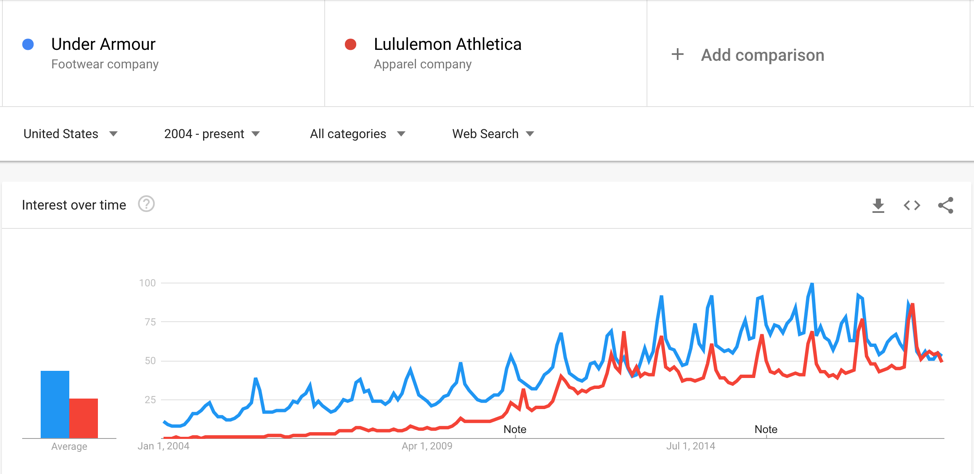
4. Analyze & Interpret – Craft Actionable Insights & Brand Intelligence
When surveys and interviews are completed, it’s time to analyze the data, translate the research into actionable brand intelligence, and use that information to guide your business decisions moving forward. Though there’s no cookie-cutter approach when it comes to finding meaning from data, we examine specific categories when measuring brand awareness levels.
Applying your data to understand the following categories is critical for driving actionable insights:
- Negative brand associations
- Neutral brand associations
- Positive brand associations
- Needs that a particular brand fulfills
- Needs that no brands are currently fulfilling
- Associations of the brand and competitors
- Brand preference
The knowledge you gain from measuring brand awareness can significantly bolster your brand’s overall strategy. It can lead you into new markets you may not have considered or save you from overly investing in markets where your product or service isn’t resonating.
Discovering a low level of brand recognition is not the end of the world. In fact, it’s the first step to new business growth. We’ve helped numerous struggling or startup brands make an impressive comeback by strategically growing their brand awareness levels.
It doesn’t happen overnight, but when done right, growing awareness within a targeted audience can and will lead to increased market share.
Recommended Reading:
Measure Customer Loyalty with 4 Tasty Google Analytics Reports
Elevator Pitch – The Value of Brand Awareness
A customer’s perception of your brand is king. What people think and associate with your brand can either accelerate or hinder overall growth and brand performance.
Jeff Bezos of Amazon once said, “A brand for a company is like a reputation for a person. You earn reputation by trying to do hard things well.”
But it’s not only what people think of your brand that drives growth. It’s how many people share that sentiment. This is where the math comes into play. Consider the graphic below. Every time a consumer makes a purchase, they go through a decision making journey (of course, the duration of this journey can vary drastically depending on the product and industry).
 As you build brand awareness, the pool of potential customers who are evaluating your product grows.
As you build brand awareness, the pool of potential customers who are evaluating your product grows.
But it’s not just about growing your top of funnel traffic.
If your brand is properly entrenched in the consumer’s mind, your conversion rates will improve as well.
Consumers may even zip through the evaluation phase and purchase directly from you without giving it much thought.
But if potential customers aren’t aware of your brand, product, or service, you’re leaving opportunities on the table.
If you think like an executive, I’m sure you’re already pondering the next question…
The Million (or Billion) Dollar Question – What’s the ROI of Brand Awareness?
I’m glad you’re thinking in a data-driven manner. We do too. But proving an exact ROI from overall awareness is a tough ask and determining the exact answer is rarely worth the effort.
Consider the following scenario.
Your marketing team launches a new brand awareness campaign. As awareness grows, so too, does your customer base. That momentum leads to increased word of mouth referrals, driving more growth. With all the recent buzz, your company then gets featured on several popular media sites, leading to an increase in your domain authority and therefore more you see a spike in sales from organic search, referral traffic, and social media. The flywheel spins faster and faster.
Great! But how do you attribute which of those sales came strictly from the brand awareness campaigns? The waters get murky and rather philosophical.
Our recommendation? Don’t spend all your money and resources trying to figure out where the money and resources are going. There’s always an opportunity cost.
Instead, annually benchmark brand awareness and perception. Then, compare that data against historical business profitability to ensure that your revenue line is moving in the right direction.
When in Doubt, Trust in Data – Conducting Market Research Leads to Business Growth
To quote the infamous Peter Drucker, “What gets measured, gets managed.” And hopefully for your organization, what gets managed, gets improved over time.
Furthermore, studies show that companies who consistently conduct market research tend to be leaders in growth and profitability.
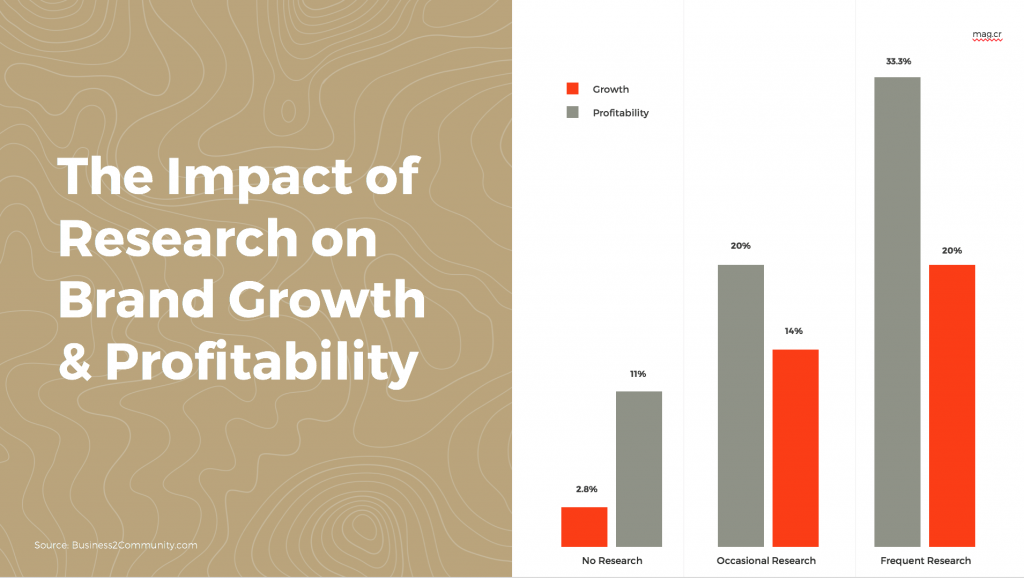
The brands that frequently conduct research are not only discovering new insights to help differentiate themselves in the market, they’re being proactive while competitors are being reactive. That’s huge.
How To Measure Customer Loyalty:
Measure Customer Loyalty With 4 Tasty Google Analytics Reports
Next Steps – Developing a Brand Awareness Strategy
There are countless methods to successfully increase brand awareness, but instead of diving down that rabbit hole, we’ll opt for brevity and save that for a future article.
In the meantime, if brand awareness isn’t up to par, don’t immediately start planning a new campaign – There are likely deeper issues at hand.
We typically start by looking at the brand’s overarching strategy. Most of the time, we see one of two scenarios:
- The struggling brand’s strategy isn’t understood by the organization as a whole – or it simply lacks truth.
- Or no such strategy exists. All branding and marketing efforts are deployed out of desperation to connect with anyone willing to listen.
A successful brand strategy illustrates a thorough understanding of why an organization exists and what it’s moving toward. It also contains a collection of values and beliefs that are not only understood internally by the entire company, but are also supported and reinforced in the presence of customers.
In addition to a brand’s belief system, a brand strategy also includes a guide for connecting with customers. It details who the customer is, what they care about, and how we can best connect with them.
In short, before investing in brand awareness campaigns, it’s critical to first develop a brand that’s worth being aware of and connecting with.
Wrapping Up: Maturing Your Brand Awareness
A solid brand strategy will align the beliefs, values, and preferences to those of your customers. And once a well-executed brand strategy is in place, brand awareness levels can grow organically or be amplified with strategic campaigns.
All of these little details add up and help drive brand growth. If you want to be more proactive and less reactive with your branding efforts, give us a shout. We’ll be happy to help you measure your brand’s current level of awareness, then put you on the path to discovering True North – the ultimate tool to guide your brand to increased brand awareness and profitability.

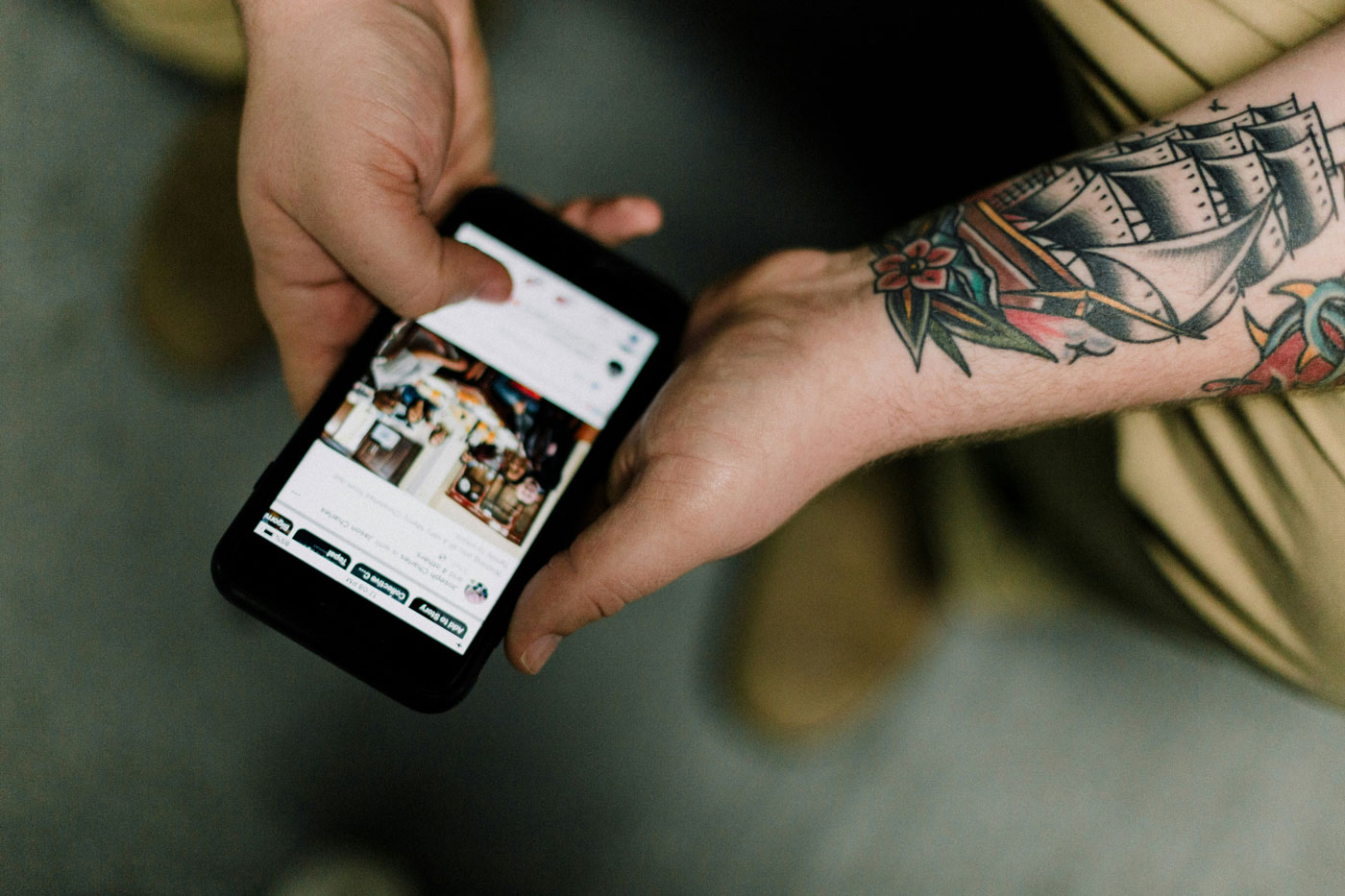
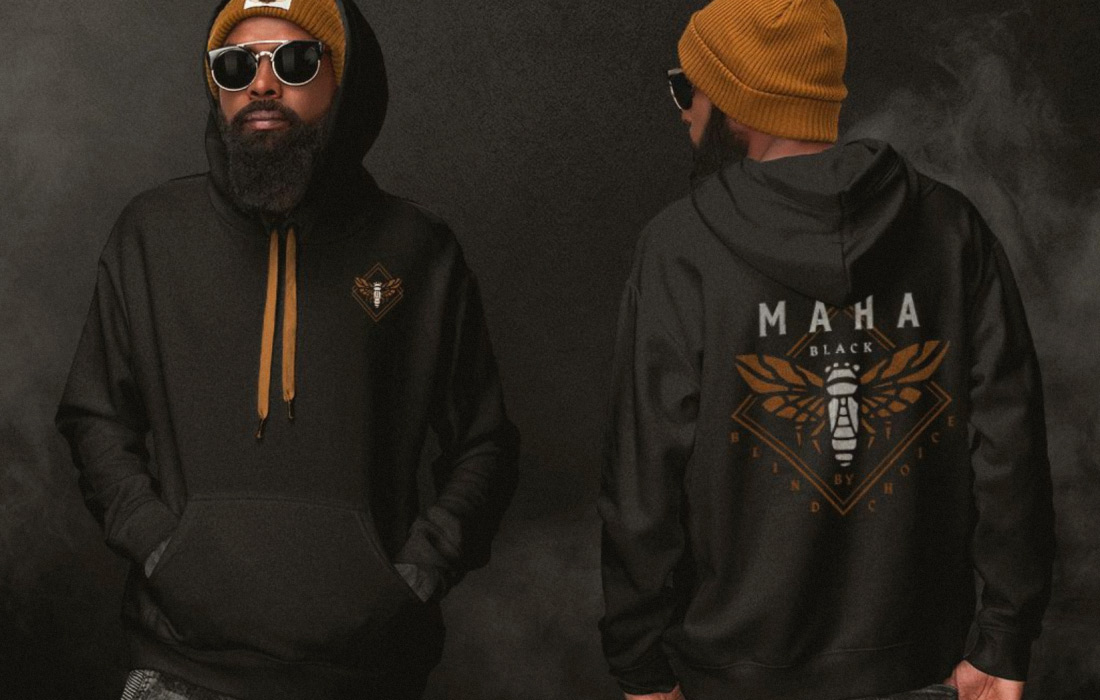

Join the Discussion